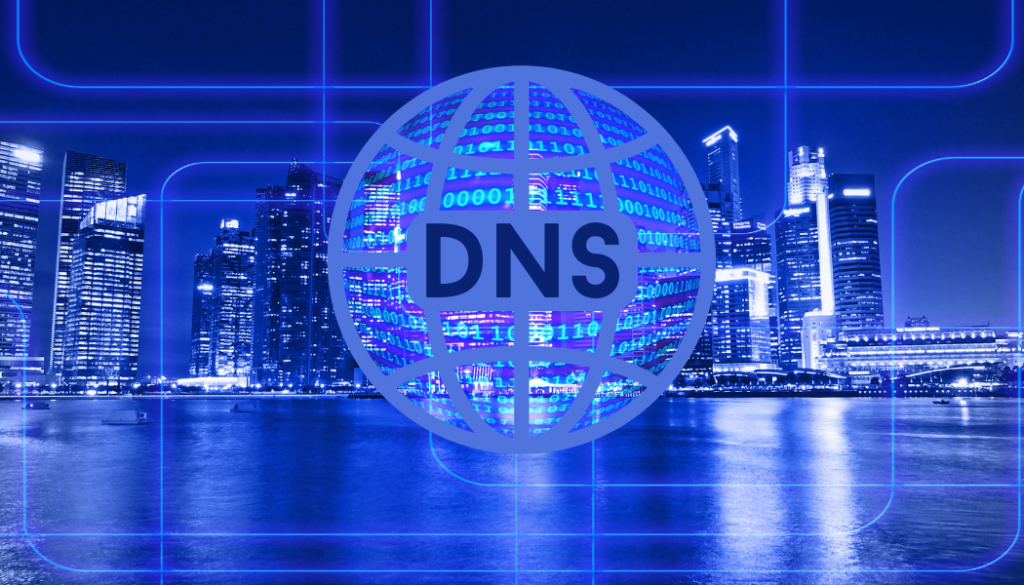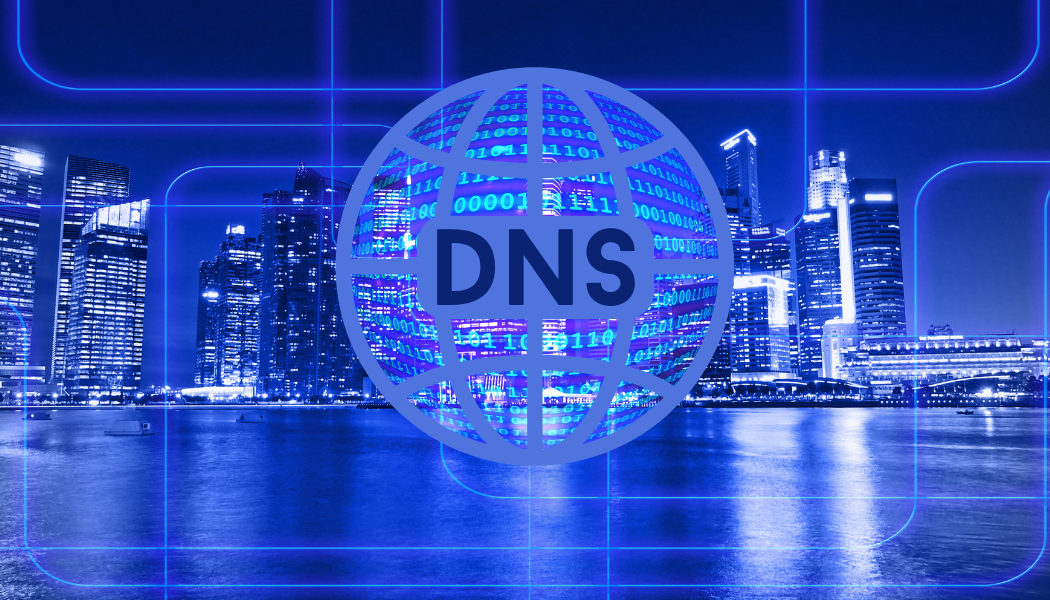When it comes to safeguarding your online privacy and security, having a reliable VPN is crucial. However, it’s not just about connecting to a VPN; it’s about ensuring that your DNS requests stay private throughout your VPN connection. At ForestVPN, we understand the importance of keeping your DNS queries secure, which is why we’ve delved into the intricacies of preventing DNS leaks, especially when switching between network interfaces.

Understanding DNS Leaks
We know that relying solely on simple scenarios to prevent DNS leaks isn’t enough. Real-world networks can be unpredictable and prone to changes. That’s why we’ve dedicated significant time and effort to explore complex scenarios where leaks might occur.
Scenario: DNS Leaks After Switching Network Interfaces
Picture this common scenario: You’re at home, connected to Wi-Fi on your laptop, and you’ve activated your VPN. Later, you decide to plug in your Ethernet cable. While many VPNs claim to keep you protected, the reality might be different. Your DNS requests could be leaking out to your ISP or other parties without your knowledge.
Technical Breakdown
Let’s dive deeper into how this leak occurs. Imagine you’re using a Mac with both Wi-Fi and Ethernet connections available. By default, your DNS might be directed to a “local” IP address, indicating that your router serves as the DNS server. This setup leaves you vulnerable to DNS leaks, even if your DNS servers don’t have local IP addresses.
How to Check for DNS Leaks
Worried about potential leaks? We’ve got you covered. Here are two methods to test for DNS leaks:
Using a DNS Leak Tool
- Unplug your Ethernet cable.
- Connect to a Wi-Fi network.
- Activate your VPN.
- Use a DNS leak tool to check for any leaks.
- Plug in your Ethernet cable and refresh the DNS leak page. If you see different DNS servers, you may have a leak.
Using tcpdump
- Unplug your Ethernet cable.
- Connect to a Wi-Fi network and activate your VPN.
- Plug in your Ethernet cable.
- Open a Terminal window and run the test using tcpdump.
- If you detect any traffic, it’s a sign of DNS leaks.
Understanding the Root Cause
The root cause of DNS leaks lies in how the operating system selects DNS servers. With Ethernet disabled, your DNS queries are routed through the Wi-Fi service. However, when you plug in your Ethernet cable, the system prioritizes Ethernet, potentially exposing your DNS requests.
Investigating DNS Nameservers in Terminal
You can use the scutil command in Terminal to inspect DNS servers. Simply follow these steps:
- Open Terminal.
- Type
scutil –dns. - Check the list of nameservers to see which ones the system is using.
Have More Questions?
If you’re curious to learn more or have any questions, our engineering team is here to help. Reach out to us at [email protected].
Pfsense OpenVPN
In Pfsense OpenVPN, configuring a DNS forwarder is essential for maintaining privacy and security. By setting up a DNS forwarder, you can ensure that DNS queries are routed through the VPN tunnel, thus preventing leaks and protecting your online activities. To set up a DNS forwarder in Pfsense OpenVPN with ForestVPN, follow these steps:
- Access Pfsense Dashboard: Log in to your Pfsense dashboard.
- Navigate to Services: Go to the “Services” tab and select “DNS Resolver.”
- Enable DNS Resolver: Check the box to enable the DNS resolver.
- Configure DNS Forwarder: Under the DNS resolver settings, configure the DNS forwarder to use ForestVPN’s DNS servers. This ensures that all DNS queries are encrypted and routed through the VPN tunnel.
- Save Settings: Don’t forget to save your settings to apply the changes.
By following these steps, you can set up a DNS forwarder in Pfsense OpenVPN to enhance your online privacy and security with ForestVPN.
Looking for a reliable VPN to safeguard your online activities? Try ForestVPN today and experience seamless protection. Click here to get started!


